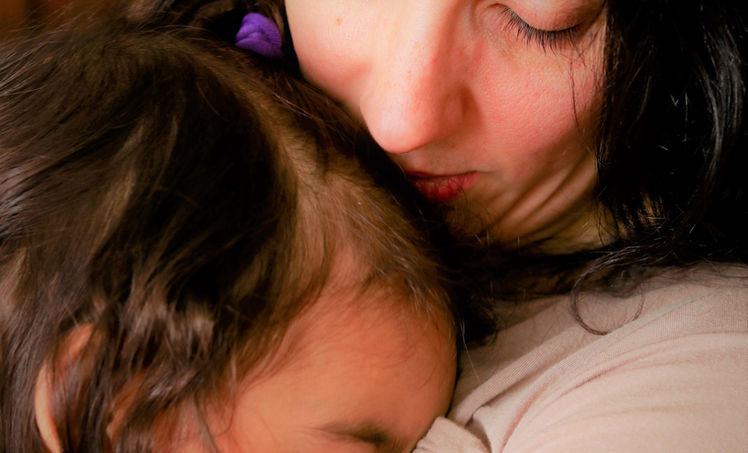Sleep Routine
Getting your kid to bed early has more benefits than just a few hours of quiet time at night. New research explains how vitamin ZZZ may help children fight obesity, avoid colds, and succeed in school.

There's no predicting when a newborn will sleep, but as your baby gets older, he can develop a routine.
We’re all creatures of habit! This is especially the case when it comes to sleep. We all have our own bedtime routines. We have our special sheets and favorite pillow. Some of us like our feet tucked in, and some like the blankets loose. Others want a pitch dark room.
Establishing a sleeptime routine can help both the mother and baby to ease it out. There are some very interesting techniques to make the baby sleep.
➡️ Check and Console
This method is a sort of progressive waiting method where the parent continues to check the baby at preset time intervals but never rock them to sleep.
After you are done with your bedtime routine, you gently put the baby in the crib and kiss her a goodnight. Some theories say its preferable not to lift the baby out of the crib. A time interval of 10-15 minutes is apt to check on the baby.
It takes around a week for the baby to adapt and then you start seeing progress.
➡️ Cry it out
The idea behind Cry it out is that you want to extinguish the behaviour (crying) by not responding to it. As with the check-and-console method, go through your bedtime routine, put them in their crib awake, say good night and walk out.
This is certainly the most controversial sleep-training method, and even experts disagree on what you should do next—it all depends on what stage your baby is at developmentally, as well as what works for the parents.
Parents are often hesitant to go this route, worried about how much crying will be involved.
But one can see significant improvement with this method by night three or four and to add that it’s important to try it for a week before determining that it’s not working.
➡️ Chair method
This is a very gradual sleep-training method. It requires a lot of discipline on the part of the parents. Once your bedtime routine is done, instead of leaving the room, you sit in a chair next to the crib.
When they fall asleep, leave the room, but every time they wake up, sit back down in the chair until they fall back asleep. Every few nights, move the chair further and further away until you’re out of the room.
It is not very recommended because having a parent in the room but not responding to the baby is confusing and may also be too much stimulation, depending on the baby’s age and developmental stage. But in some babies, this method works when the baby is not able to sleep independently after few weeks.
➡️ White Music and Story Projector
There are some babies who fall asleep in the white noise in minutes after the bedtime routine and a little older ones look at the story projector on the ceiling and sleep in the white music sound. This is a very easy method but few parents try it.
It can be started at 3 months of the baby’s age.
As your baby gets older and their sleep needs change, make sure that you’re adjusting wake times, naps and bedtimes accordingly to help them continue to easily fall asleep and stay asleep. Some parents think of sleep training as a “one-and-done” endeavour.
You endure a lot of crying for a few days and your prize is a perfect sleeper. Once your child has the skills to fall asleep, they’ll still need routines, consistency and help adapting when life throws curveballs, like starting daycare, the arrival of a new sibling or going on a trip.
Colds and illnesses, as well as time changes, can also throw a wrench in your perfect schedule. The trick here is to get back on track as soon as possible. If you start allowing or enabling the old, bad habits and sleep associations, it will take longer to return to the regular routine.



















